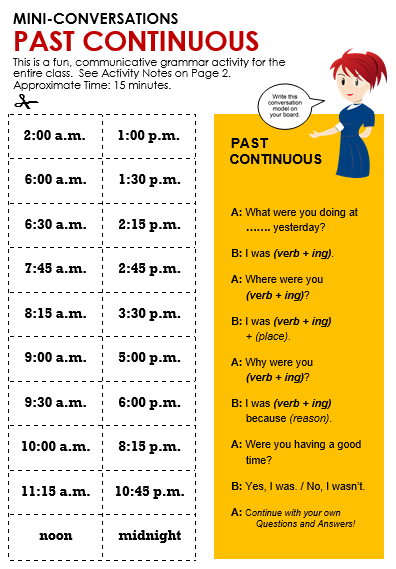

iWork for iCloud works with a Mac or PC using Safari 11.1.2 or later, Google Chrome or Microsoft Edge. iWork for iCloud is currently available worldwide in Arabic, Brazilian Portuguese, Chinese (Simplified), Chinese (Traditional), Danish, Dutch, Finnish, French, German, Hebrew, Italian, Japanese, Korean, Norwegian, Polish, Portuguese, Spanish, Swedish and US English, and requires an iCloud account and an internet connection.

However, if you ask longtime Mac users what the best Mac operating system is, many will likely say it was Mac OS X 10.6 Snow Leopard. And that’s a completely valid way to measure the “best”. Many people think the latest Mac operating system is the best simply because it’s the latest and thus has the most modern features. Given this numbering scheme, it’s no wonder Apple increasingly started to refer to Mac OS X versions by their codenames in marketing materials. So that means all Mac OS X (and later, OS X) operating systems were ALL operating system 10 and Apple labeled each new version as just a point upgrade. This made sense in a way because “Mac OS X” literally means Mac OS 10 (the X is the Roman numeral for 10). Previously each new Mac operating system every year got a new number, such as Mac OS 8 in 1997 or Mac OS 9 in 1999).īut with Mac OS X, Apple decided to keep the main version number always “10”. The Mac OS X era is when version numbering got really confusing. Mac OS 6 (known as System Software 6) – 1988.Mac OS 5 (known as System Software 5) – 1987.

Mac OS 4 (known as System Software 2.0) – 1987.Mac OS 3 (known as Macintosh System Software 0.7) – 1986.Mac OS 2 (known as Macintosh System Software 0.3) – 1985.


 0 kommentar(er)
0 kommentar(er)
